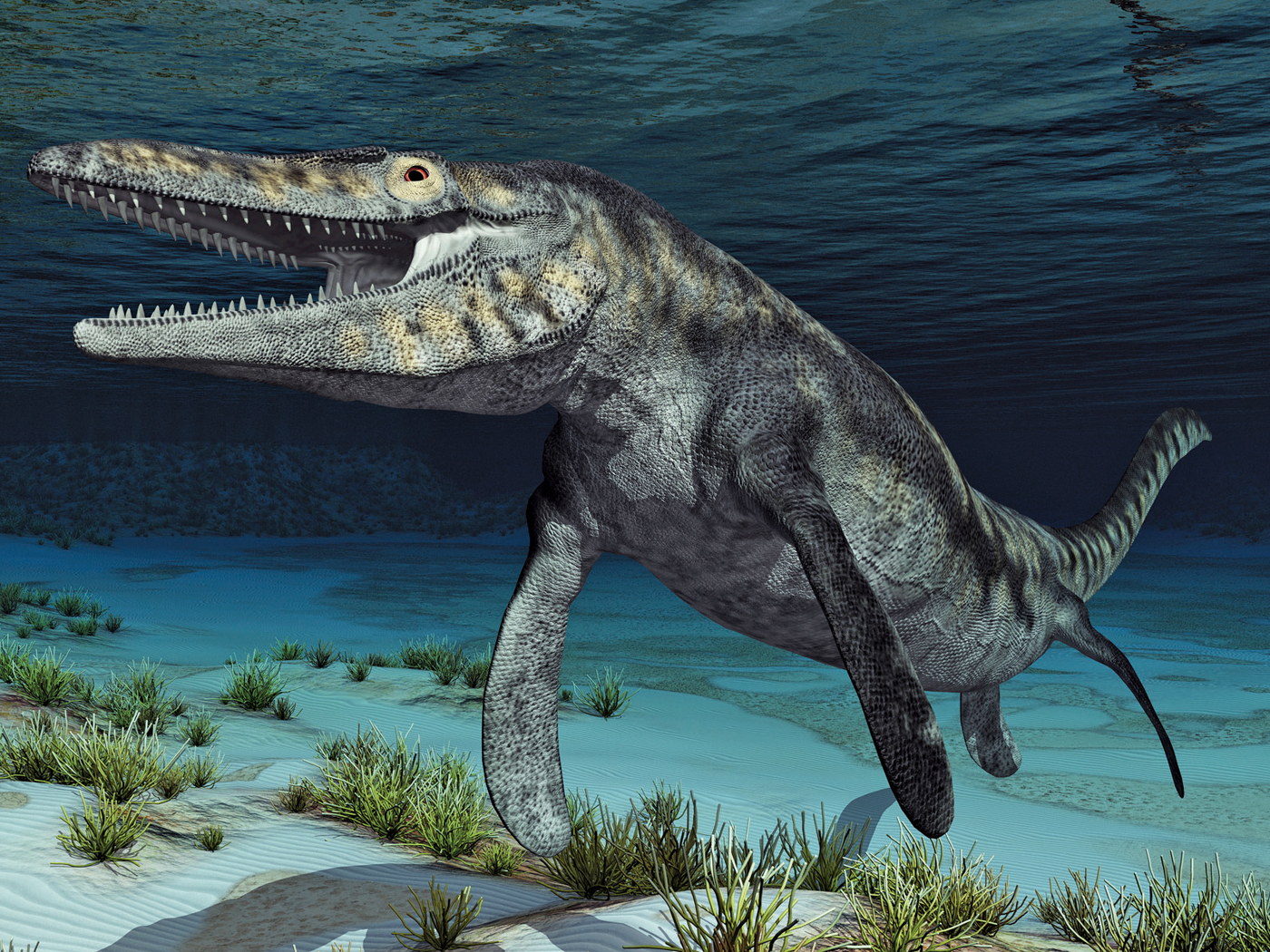In the animal kingdom, many types of creatures use stereo vision to determine the distances between them and visible objects. In humans, each of our eyes records a slightly different version of what is observed. These two different views are then accurately merged in our brains to produce a single image—computationally using the differences between the two images to allow us to visually gauge depth and distance. This process, referred to as stereo vision, isn’t unique to humans. Animals like monkeys, dogs, bats, cats, and horses also use it.
Interestingly, in the vast world of insects, the only creature to have stereo vision is the praying mantis. ![]()
Interestingly, in the vast world of insects, the only creature to have stereo vision is the praying mantis. This is a big conundrum to evolutionists because all other types of insects have eyes on the sides of their heads—a visual set-up which requires a completely different type of neurological processing system. Evolutionists believe all the different kinds of insects evolved from a common ancestor over 550 million years, and that cockroaches and mantises diverged from a common ancestor about 200 million years ago.1 But no creature intermediate between a mantis and a cockroach has ever been found, either alive or in the fossil record. Fossil mantises encased in amber and alleged to be up to 128 million years old are clearly distinguishable as mantises and show no sign of evolving from a cockroach.2
In this new study, researchers actually created tiny little insect glasses and glued them to the heads of mantises with beeswax (see image above and YouTube video link below).3,4 Then they showed the insects specialized movies that mimicked the presence of tasty moving prey. The image trickery was so good that the mantises would attempt to snatch up the imaginary prey.
By using specialized dots in the images and measuring the mantis’ response, it was determined that the mantis version of stereo 3-D image processing was completely different than humans or other animals. Unlike humans who can sense the details of individual objects in static pictures based on a perception of depth, the mantis is only concerned with sensing the parts of images that are actually moving. Amazingly, the overall image can be completely different in the right and left eye, but as long as the part of the image that is moving is the same, this is what the mantis zeroes in on—something humans can’t do. As it turns out, this unique form of stereo image processing is especially useful at neurologically processing targets of prey moving at very high speeds which is common to the rapidly flying insects that many mantises feed on.
This amazing system of high speed stereo image processing and the myriad of cellular components underpinning the system are irreducibly complex. ![]()
Not only is this type of image processing unprecedented in the alleged insect evolutionary tree, but apparently unknown in the entire animal kingdom. This amazing system of high speed stereo image processing and the myriad of cellular components underpinning the system are irreducibly complex.
These numerous examples of unimaginable complexity found in nature are death to evolutionary theory that claims complex traits can somehow emerge bit-by-bit. The sudden appearance of highly sophisticated all-or-nothing systems in the spectrum of animal life with no evolutionary precursor can only be explained as the handiwork of an omnipotent Creator.
References
- Misof, B. et al. 2014. Phylogenomics resolves the timing and pattern of insect evolution. Science. 346 (6210): 763-767.
- Geggel, L. 2016. Sticky Amber Preserved Dinosaur-Age Insects for Millions of Years. LiveScience. Posted on livescience.com January 8, 2016, accessed February 20, 2018.
- YouTube video press release: A Novel Form of 3D Vision in the Praying Mantis. Published on YouTube February 21, 2018.
- Nityananda, V. 2018. A Novel Form of Stereo Vision in the Praying Mantis. Current Biology. 28(4): 588–593.
Stagte image credit: Copyright © Newcastle University. 2018. Used in accordance with federal copyright (fair use doctrine) law. Usage by ICR does not imply endorsement of copyright holder.
*Dr. Jeffrey Tomkins is Director of Life Sciences at the Institute for Creation Research and earned his Ph.D. in genetics from Clemson University.




















